Pena is a rare art among the rich cultural heritage of Manipur. It is closely associated with the life, legends, myths, history and philosophy of the Meeteis in Manipur. However, this particular age-old art form, which is the emblem of Manipuri culture, is on the verge of extinction with the present young generation ignoring the art form. Dying of the art is tantamount to dying a rich Manipuri culture. Hence we need to preserve it, said Padmashree Khangembam Mangi, popularly known as Guru Pena Mangi, a living legend of Manipuri pena tradition.
Learning the Pena art
Born on November 8, 1927 at Lambal, Lamsang in Imphal West, Mangi learnt Pena art from his father Khangembam Tomei, who was also a traditional Pena artiste by profession since his young age of 11. During his childhood, Mangi keenly observed the activities of the young Pena artistes who were undergoing training under his father at their house, which highly motivated the young mind of Mangi to learn the art. He used to play the Pena instrument while his father and the students were away from the house for lunch or some works.
On seeing his son’s enthusiasm for Pena, his father once suggested Mangi to teach Pena art if he had passion for it, which he readily agreed. At his young age of 14, he debuted his Pena performance during a function at Lamshang along with one Ningthemjao. He also performed Pena in Loitang Khunou as suggested by one Pena guru Lamkhai Madhu. Impressed by his performance and artistic voice, the audience requested him to re-perform Pena. Buoyed by this initial public appreciation, he continued the Pena art successfully till date.
“In those days, performance of Pena art was very common in any occasion ranging from birth to any religious rituals. Nowadays, Pena art is languishing with passage of time and the art form seems to be confined to religious rituals only,” Mangi lamented.
Mangi learned the skill of Pena art from other gurus like Moirangthem Modu of Lairenkabi, Phamdom Sanajao of Tera Urak, Thangjam Toyai of Lamshang, Tokpam Papu of Sangaiprou, Khumukcham Kanhai of Iroisemba, Yumnam Kanhai of Thoubal, Thokchom Tolomu of Khurai.
Family background
Brought up in a penury driven family, Mangi experienced a disturbed childhood life and had to leave his schooling to support his mother when his father left them and their mother to marry another woman. He had to support his mother Manjuri to keep the kitchen fire burning.
He started earning for his family by playing Pena in various occasions following his senior Pena performers. The opportunity to perform Pena at the courtyard of the then Manipur King Maharaj Budhachandra was a turning point in his professional career. Once the king invited ten Pena artists to perform Pena at his royal courtyard. As only nine Pena artistes were present there for the performance, Senior Pena artist suggested young Mangi to join the performance, to which he happily agreed.
He got married with Yengkhom Mema at his 25 age. Their marital bliss was frequently disturbed due to financial constraint in the family and as such Mangi had to maintain family by running a bullock cart carriages apart from his Pena art. Maintaining his family of eight siblings with 12 rupees fetched from bullock cart transportation and 3 rupees from Pena performance was a litmus test for Mangi in the struggle for survival.
He is now living with his wife and two of his children at Thangmeiband Lourung Purel Leikai, Imphal West.
His works to revive Pena tradition
In 1975, Mangi joined Jawaharlal Nehru Manipur Dance College as a Pena performer which helped him to support his family and his dream to keep the Pena tradition alive to some extent. He retired from the same institute as a Guru of Lai-haraoba in 1996.
Mangi took the vital role in founding Laihui in 1985. He has popularized the Pena tradition of Manipur by visiting different parts of the globe including Mexico, Washington, London, Berlin, France and other places in Asia. He had also acted in Manipuri traditional plays of Moirang Parba and Sumang Leela during 1950 to1970. He has presented papers and demonstrations of Pena and Lai-haraoba on various seminars and workshops. He had directed innovative forms of Pena performances of Laihui, namely “Ukai Kappa” (2002) and “Lamjel” (2003).
He also worked as Sana Leikham Pena Shanglakpa of Manipur Pandit Loishang, Lupa Leikham Shanglakpa of Pena Loishang of Manipur Royal palace and instructor of Laihui. He has produced many students who have achieved many prestigious awards and recognition like National Scholarship and Fellowship given by Ministry of Culture, and Ustad Bismillah Khan Yuva Puraskar given by Sangeet Natak Akademy. He is giving training to around 30 young Pena artistes.
Awards and Recognition
In recognition to his relentless contribution to keep the pena tradition alive, Government of India conferred Mangi with the prestigious Padmashree award in 2011, one of the highest civilian awards in the country. He was also conferred with the Manipuri Sahitya Parishad Shanman 2010, LEIKOL’s Basanta Bimala Award 2008, Sangeet Natak Akademy Award 2006, Manipur State Kala Akademy Award 2005, Manipuri Sahitya Parishad’s Sangeet Bhushan 2004, Sana Leikham Pena Shanglakpa 2002 of Manipur Pandit Loishang.
[ecwid widgets=”productbrowser search minicart” categories_per_row=”3″ grid=”10,3″ list=”60″ table=”60″ default_category_id=”21294227″ category_view=”grid” search_view=”list” minicart_layout=”MiniAttachToProductBrowser”]

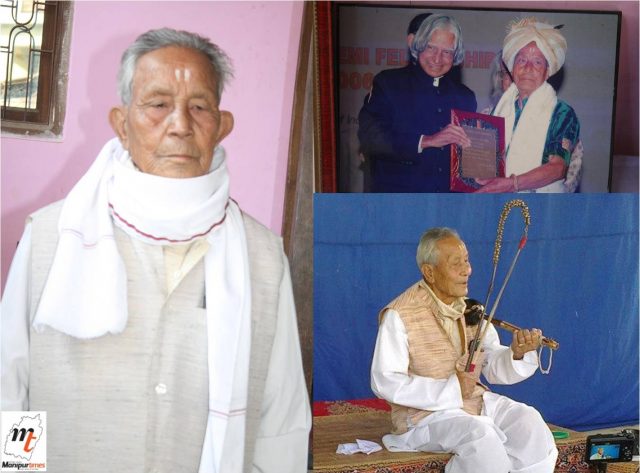
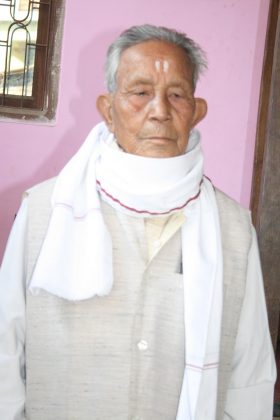
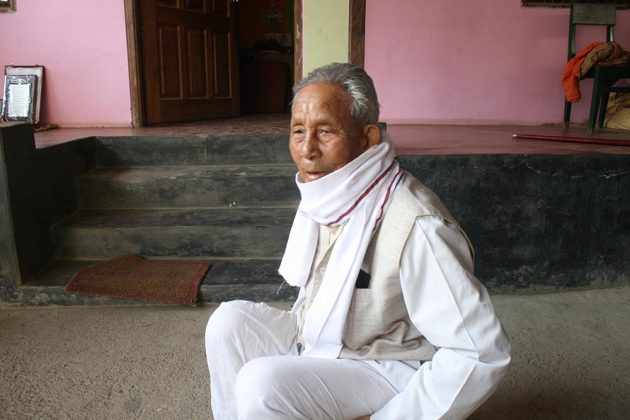
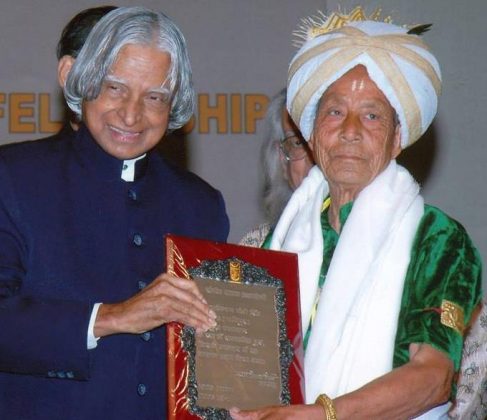
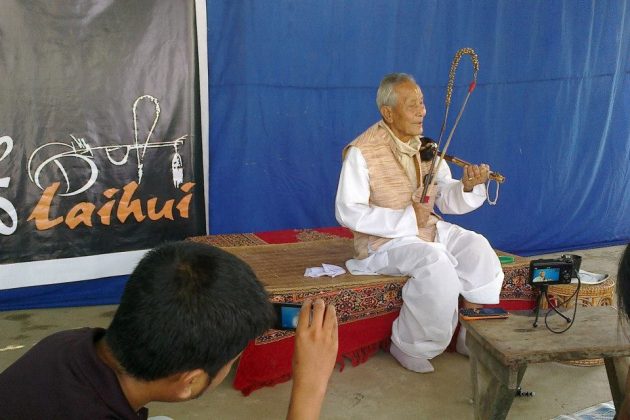
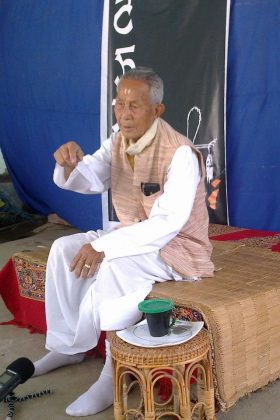
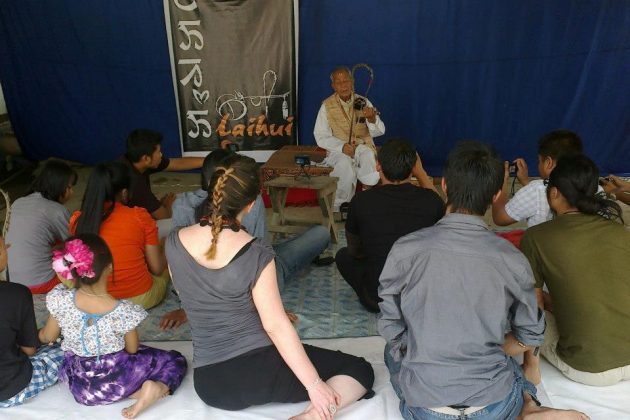
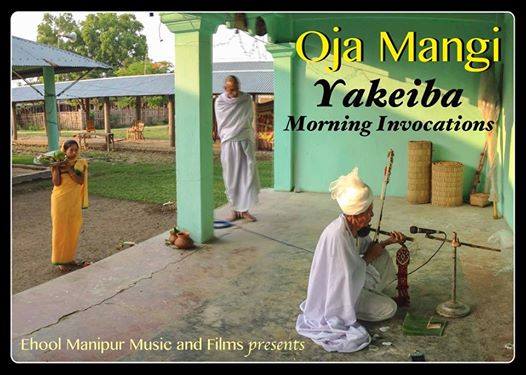
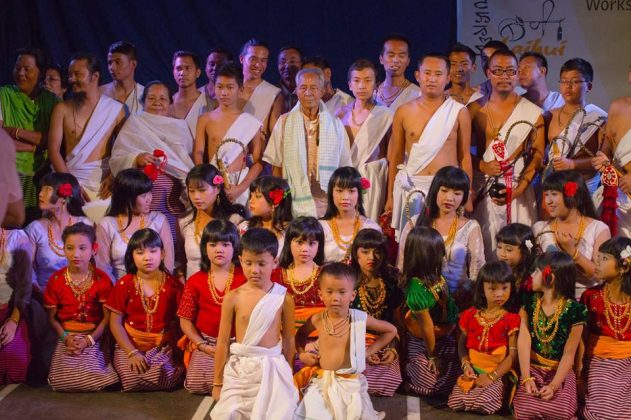
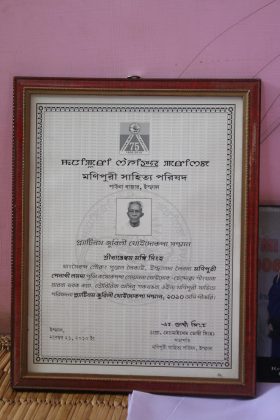
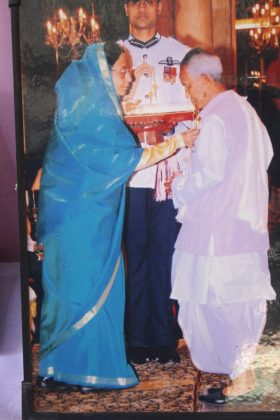
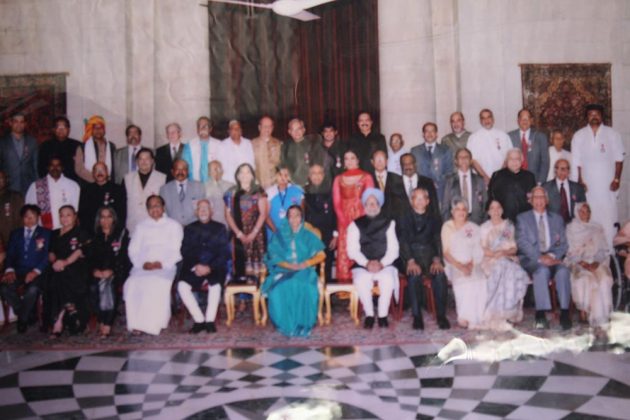
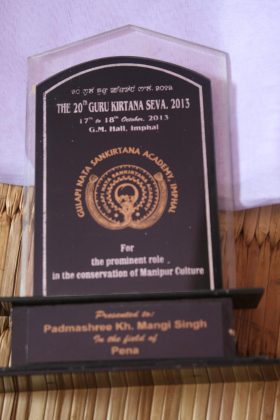
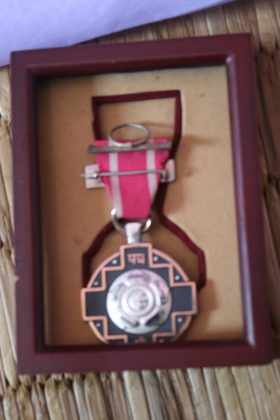
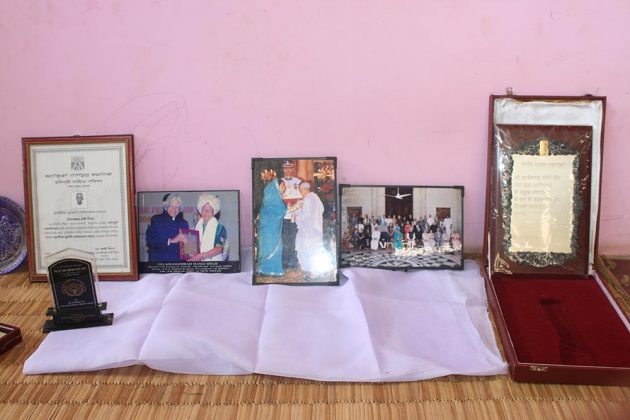
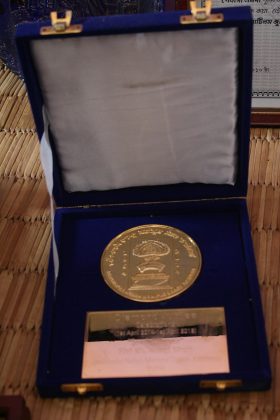
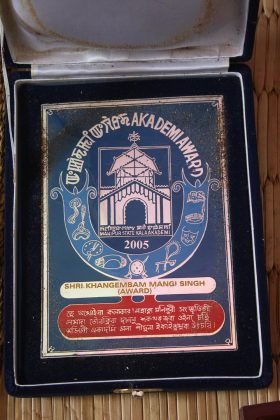


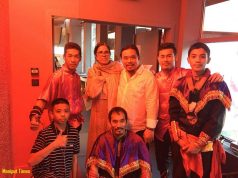








Yaifare yaifare yaifare……..
Yaipharea, I like
Yaipharae yaipharar